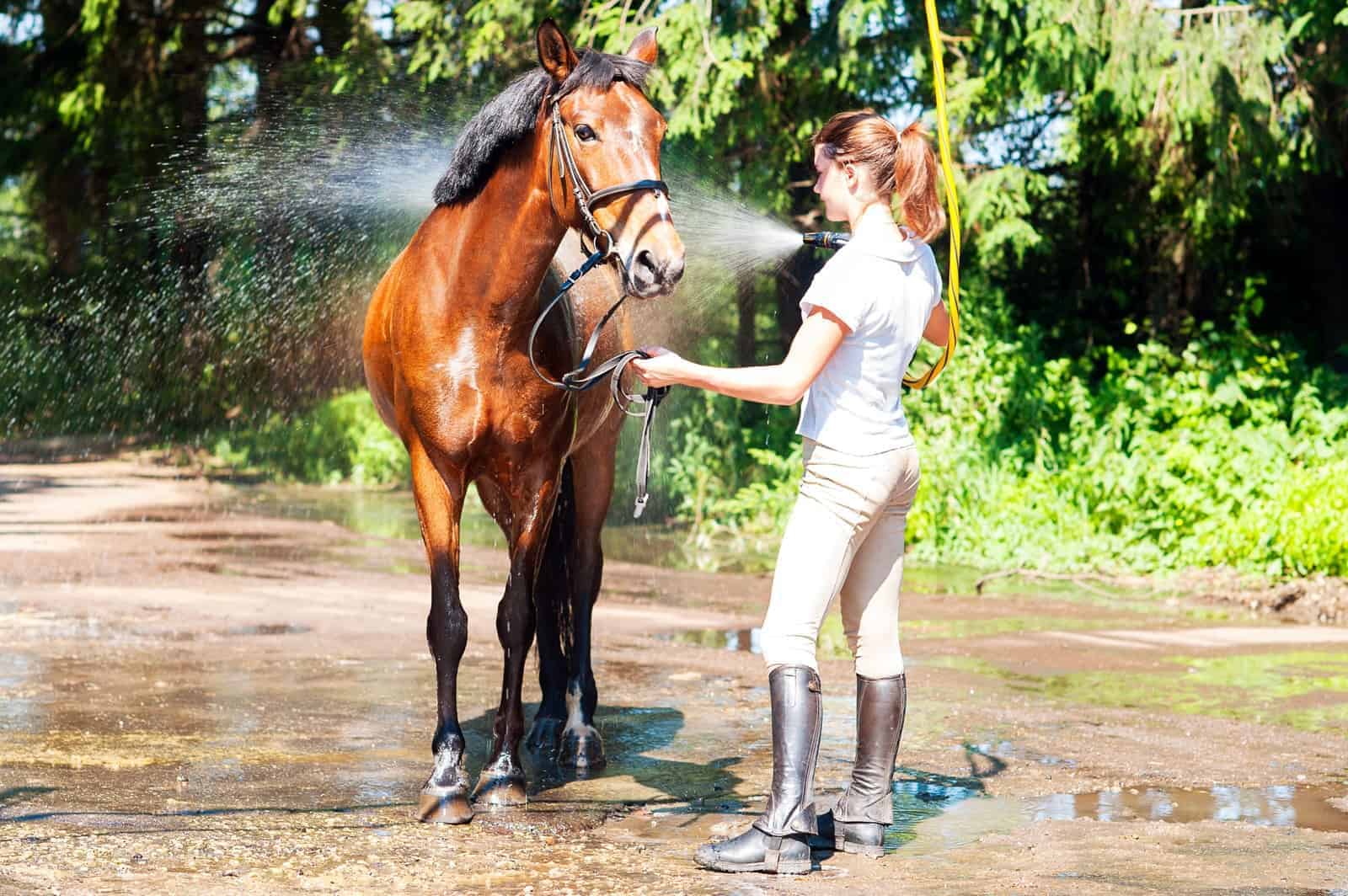When it comes to horse riding, ensuring your saddle fits perfectly is crucial. A misfit saddle can cause discomfort not only to your horse but also to the rider. In this guide, we will walk you through the steps on how to measure a saddle accurately, ensuring you get the perfect fit every time.

Why Accurate Saddle Measurement is Important
Having an accurately measured saddle is essential for several reasons. A properly fitting saddle prevents injuries, enhances performance, and ensures the comfort of both the rider and the horse. Misfit saddles can lead to severe back issues and other health problems for your horse, making this an important practice to master.

Understanding Saddle Types
Western Saddles
Western saddles are designed for comfort over long hours of riding. They distribute the rider’s weight more evenly across the horse’s back.
English Saddles
English saddles are lighter and designed for different types of riding, such as jumping or dressage. The fit and measurement criteria differ slightly from Western saddles.
Tools You Will Need
Before you start measuring, gather the following tools:
- A flexible measuring tape
- A level
- A gullet gauge
- A notebook and pen

Steps to Measure a Saddle
Step 1: Measuring the Seat
Place the measuring tape at the back of the cantle and extend it to the front of the pommel. Record the measurement in inches.
Step 2: Measuring the Gullet
The gullet width is crucial for fit. Measure the width from the front of the saddle underneath the fork, where the saddle bars are located.
Step 3: Measuring the Skirt Length
Start from the front of the saddle skirt and measure to the back. This measurement is essential for ensuring the saddle does not interfere with the horse’s hips.
Step 4: Measuring the Saddle Width
Measure across the widest part of the saddle. This will give you an idea of how the saddle will fit the horse’s back.
Common Saddle Measurement Mistakes
Many make errors while measuring saddles. These mistakes can lead to poor fit and discomfort. Ensure you avoid these common pitfalls:
- Not using a level to measure the seat
- Incorrect gullet measurements
- Ignoring the horse’s back shape
Additional Tips for Saddle Measurement
For the best outcome, always measure twice to ensure accuracy. Having a second person to help you can make the process easier and more accurate.
Using Saddle Measurement Templates
Templates can be highly beneficial. They allow you to visualize the saddle fit and make adjustments as necessary. Ensure the template matches the type of saddle you plan to measure.
Advanced Saddle Fitting Techniques
Pressure Mapping
Pressure mapping technology can help you see how the saddle distributes pressure across the horse’s back, allowing you to make more precise adjustments.
3D Scanning
3D scanning offers a highly accurate way to measure both the horse and the saddle. While more expensive, it provides the best fit possible.
FAQs
How often should I measure my saddle?
It’s recommended to measure your saddle every six months, especially if your horse is still growing or if you notice any discomfort.
Can I measure the saddle myself?
Yes, but having a second person can help ensure more accurate measurements.
What do I do if my saddle doesn’t fit perfectly?
Consult with a professional saddler who can make adjustments or recommend a new saddle.
Happy Riding!
As an Amazon Associate, I earn from qualifying purchases.